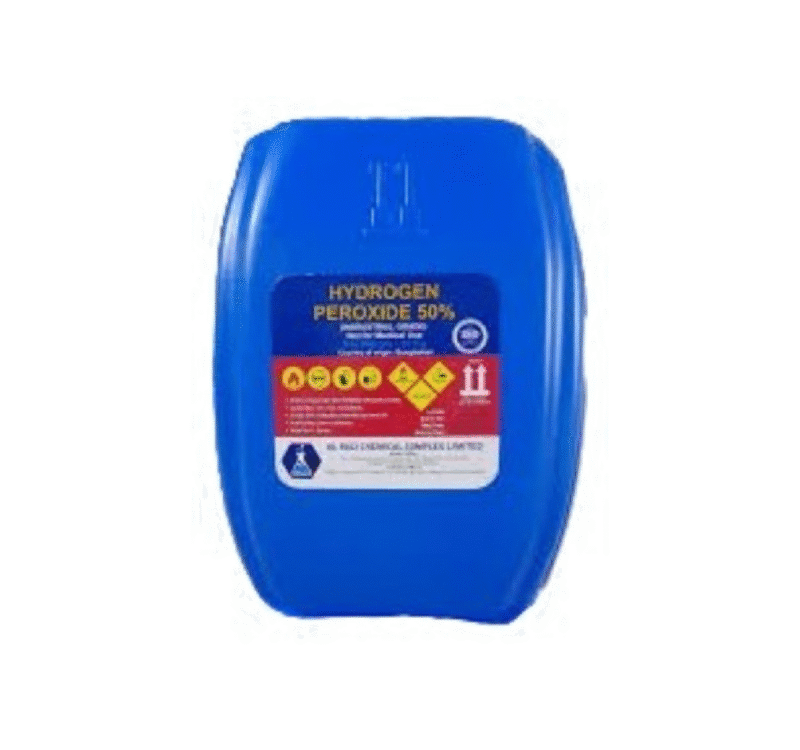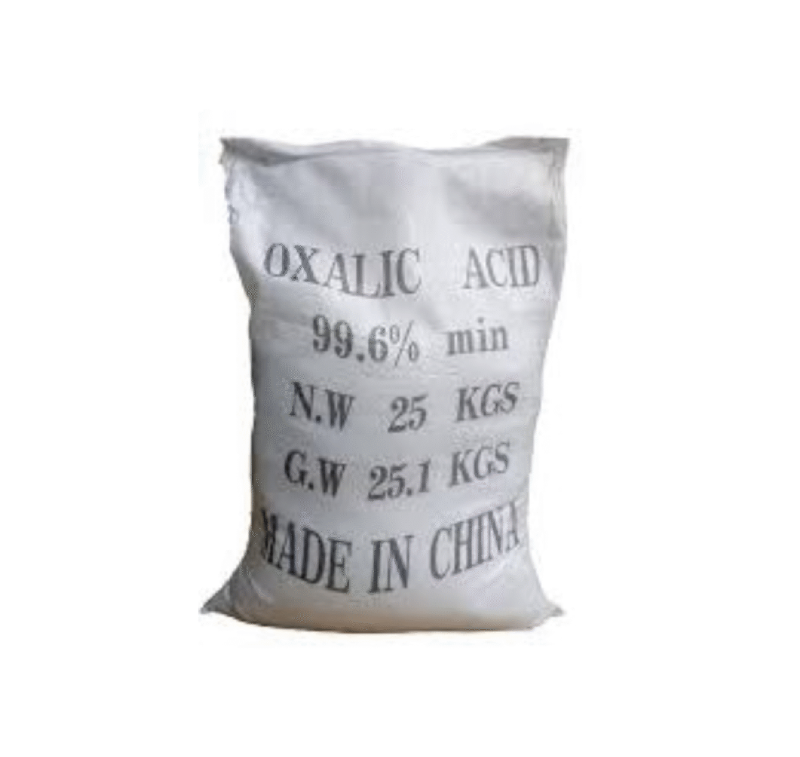
Hydrogen Peroxide :The Industrial Hero You Didn’t Know About
Hydrogen Peroxide 50%: The Multi-Industry Powerhouse Driving Sustainable Innovation Worldwide
Introduction: The Quiet Revolution in Industrial Chemistry
In an era where industries are under increasing pressure to adopt sustainable practices, one chemical compound is emerging as a silent hero across multiple sectors. Hydrogen peroxide, particularly at 50% concentration, is transforming manufacturing processes from textile production to water purification.
What makes this simple molecule—just water with an extra oxygen atom—so revolutionary? Its unique ability to deliver powerful industrial results while breaking down into completely harmless byproducts (water and oxygen) positions it as the environmentally responsible choice for forward-thinking businesses.
Recent market analyses reveal a compound annual growth rate (CAGR) of 6.8% for hydrogen peroxide through 2030, with the global market expected to reach $6.2 billion. This growth isn’t accidental—it’s driven by concrete advantages that are reshaping industrial standards worldwide.
The Science Behind the Solution: Why Hydrogen peroxide Works
At its core, hydrogen peroxide’s power comes from its unstable oxygen-oxygen bond. When this bond breaks, it releases reactive oxygen species that can:
- Oxidize organic compounds (breaking down stains and contaminants)
- Destroy microbial cell walls (disinfection)
- Bleach pigments without damaging substrates
The 50% concentration represents the sweet spot for industrial applications—potent enough to be effective while remaining practical to handle with proper safety protocols. Unlike many industrial chemicals that leave problematic residues, H₂O₂’s decomposition pathway is elegantly simple:
2H₂O₂ → 2H₂O + O₂
This clean breakdown makes it particularly valuable in industries facing stringent environmental regulations.
Industry Deep Dives: Where Hydrogen Peroxide is Making an Impact
1. Textile Manufacturing: Redefining Fabric Treatment
The global textile industry, valued at $1.5 trillion, is undergoing a sustainability transformation—and hydrogen peroxide is at the forefront.
Key Applications:
- Pre-treatment: Removes natural impurities from cotton (pectins, waxes) more gently than caustic soda
- Bleaching: Achieves brighter whites than chlorine bleach with 30% less fiber damage
- Dyeing: Prepares fabrics for more even color uptake, reducing dye waste by up to 25%
A 2024 Textile Exchange report found that mills using Hydrogen peroxide bleaching:
✓ Reduced water consumption by 18%
✓ Cut energy use by 22%
✓ Eliminated toxic AOX (adsorbable organic halides) from wastewater
“The shift to peroxide bleaching wasn’t just about compliance—it improved our fabric quality while lowering production costs,” shares [Hamza Aslam], Production Head at [Leading Textile Mill].
2. Water Treatment: Addressing Modern Challenges
Municipal water systems and industrial treatment plants are adopting hydrogen peroxide to solve pressing issues:
Groundbreaking Uses:
- PFAS Destruction: When combined with UV light, Hydrogen peroxide breaks down “forever chemicals” more effectively than traditional methods
- Algae Control: Replaces copper sulfate in reservoirs, preventing toxic algal blooms
- Odor Removal: Oxidizes sulfur compounds in wastewater without creating disinfection byproducts
The EPA’s recent guidelines specifically recommend hydrogen peroxide systems for small communities tackling emerging contaminants.
3. Food Safety & Healthcare: Beyond Basic Disinfection
While household 3% hydrogen peroxide is familiar, industrial-grade 50% solutions are revolutionizing hygiene:
Food Industry Advances:
- Direct contact sanitizer for produce (FDA-approved)
- Bottle sterilization in beverage plants (replacing peracetic acid)
- Biofilm removal in processing equipment
Medical Innovations:
- Cold sterilization of surgical instruments
- Antimicrobial wound dressings
- Decontamination of N95 masks during shortages
A Johns Hopkins study found hydrogen peroxide vapor systems reduced hospital-acquired infections by 64% compared to bleach cleaning.

The Economic Case: Why Businesses Are Switching
The operational advantages driving adoption include:
Cost Savings
| Application | Savings vs Alternatives |
|---|---|
| Textile Bleaching | 0.09−0.12 per yard |
| Pulp Processing | 15% lower chemical costs |
| Water Treatment | 40% less sludge disposal |
Regulatory Benefits
- Complies with EU REACH and US EPA Green Chemistry initiatives
- Exempt from VOC regulations
- Qualifies for sustainability tax credits in 27 countries
Supply Chain Advantages
- On-site generation options reducing transport needs
- Stable 12-month shelf life when stored properly
- Compatible with existing equipment in most cases
Safety & Handling: Critical Knowledge for Users
While exceptionally useful, 50% hydrogen peroxide demands respect:
Essential Protocols:
- Storage: Amber or opaque containers at <25°C (77°F)
- Dilution: Always add peroxide to water (never reverse) to prevent violent reactions
- Materials: Use 316L stainless steel or polyethylene— hydrogen peroxide accelerates corrosion in ordinary metals
- Spill Response: Flush with copious water (never use organic absorbents)
“We train all personnel using the ‘3P’ approach: PPE, Preparation, and Process knowledge,” emphasizes [Name], Safety Director at [Chemical Plant].
The Cutting Edge: Emerging Applications
Research institutions are unlocking new potentials:
Energy Sector
- Fuel cell component cleaning
- Battery cathode production
Advanced Manufacturing
- Semiconductor wafer cleaning
- 3D printed part finishing
Environmental Remediation
- Soil oxidation for brownfield redevelopment
- Mine tailings treatment
The DOE recently funded a $12 million project exploring hydrogen peroxide’s role in sustainable hydrogen production.
Conclusion: The Future is Oxidized
As industries face twin pressures of sustainability and efficiency, hydrogen peroxide 50% stands out as a rare solution that delivers on both fronts. From enabling greener jeans production to ensuring safer drinking water, its versatility continues to expand.
“We’re just scratching the surface of what peroxide chemistry can do,” says [Researcher Name] at [University]. “As catalysis and application methods advance, we’ll see even broader adoption across sectors.”
For businesses evaluating their chemical strategies, hydrogen peroxide represents both an immediate improvement and a future-proof investment in sustainable operations.
Additional Resources:




Comments (7)
Dean Rath
Fantastic site A lot of helpful info here Im sending it to some buddies ans additionally sharing in delicious And naturally thanks on your sweat
Samara Goodwin
Your blog is a constant source of inspiration for me. Your passion for your subject matter shines through in every post, and it’s clear that you genuinely care about making a positive impact on your readers.
Corene Dach
Your writing is a true testament to your expertise and dedication to your craft. I’m continually impressed by the depth of your knowledge and the clarity of your explanations. Keep up the phenomenal work!
Carole Bins
Simply wish to say your article is as amazing The clearness in your post is just nice and i could assume youre an expert on this subject Well with your permission let me to grab your feed to keep updated with forthcoming post Thanks a million and please carry on the gratifying work
Darrion Johnston
Wow superb blog layout How long have you been blogging for you make blogging look easy The overall look of your site is magnificent as well as the content
Braden Nolan
I loved as much as you will receive carried out right here The sketch is tasteful your authored subject matter stylish nonetheless you command get got an edginess over that you wish be delivering the following unwell unquestionably come further formerly again as exactly the same nearly very often inside case you shield this hike
Johann Rogahn
you are truly a just right webmaster The site loading speed is incredible It kind of feels that youre doing any distinctive trick In addition The contents are masterwork you have done a great activity in this matter